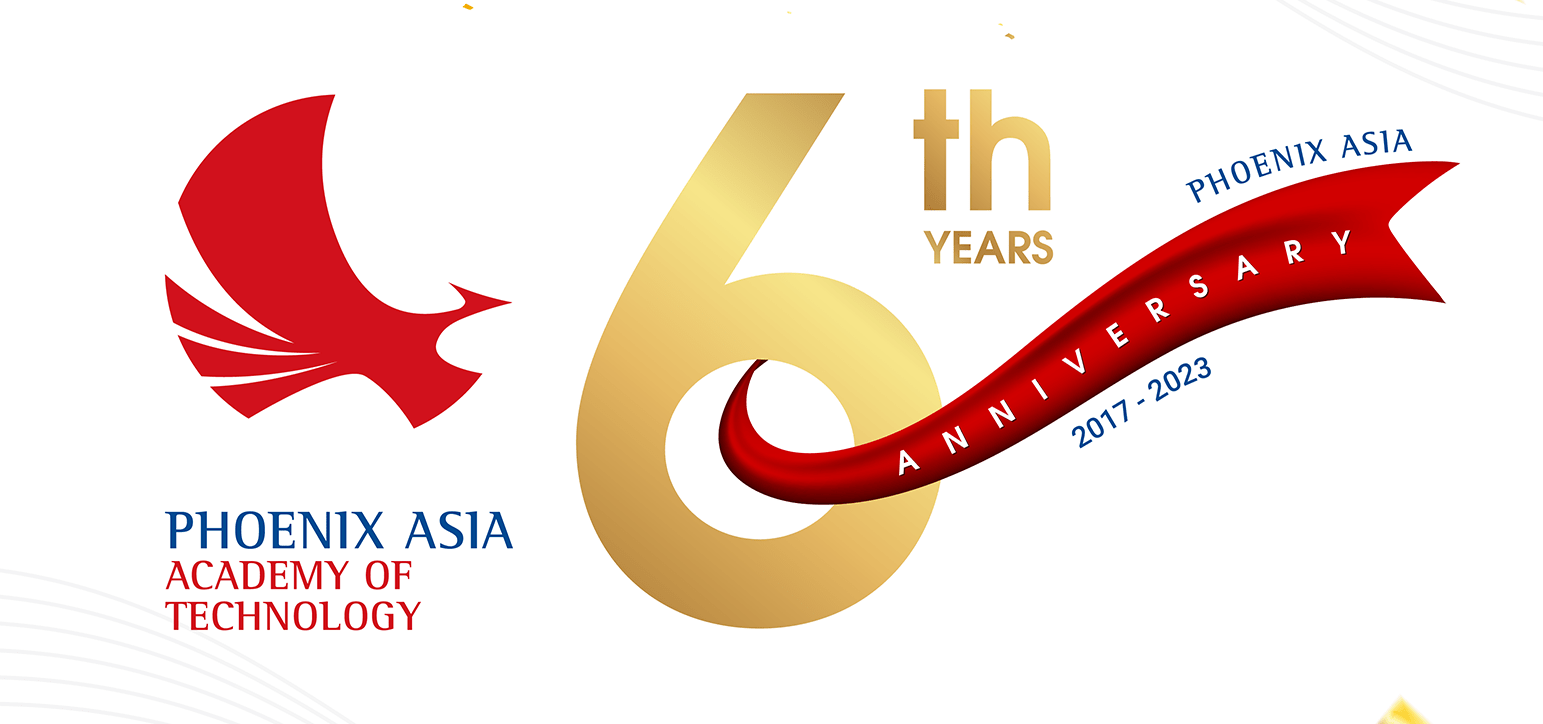
OVERVIEW OF MANDARIN FOR BUSINESS SYLLABUS AND LEARNING OUTCOMES
This course is designed for learners who are learning Mandarin Chinese as a foreign language. The aim is to develop an ability to use the language effectively for practical communication. The course is based on the linked language skills of listening, reading, speaking and writing, and these are built on as learners progress through their studies.
The syllabus also aims to offer insights into the culture of countries where Mandarin Chinese is spoken, thus encouraging positive attitudes towards language learning and towards speakers of other languages.
AIMS
The aims are to:
- develop the language proficiency required to communicate effectively in Mandarin Chinese
- offer insights into the culture and society of countries and communities where Chinese is spoken
- develop awareness of the nature of language and language learning
- encourage positive attitudes towards speakers of other languages and a sympathetic approach to other cultures
- provide enjoyment and intellectual stimulation
- develop transferable skills (e.g. memorising, drawing of inferences) to complement other areas of the curriculum
- form a sound base of the skills, language and attitudes required for progression to work or further study, either in Chinese or another subject area.
LEVELS OF THE PROGRAMME
There are 9 levels in this Chinese course. The details of each levels are listed below:
- Level 1 – 3: Certified elementary level
- Level 4 – 6: Certified advance level
- Level 7 – 9: Certified master level
DETAILS OF THE PROGRAMME:
- The duration of the programme depends on the degree of certified level students aimed to achieve (Minimum duration: 3 months)
- Hours of teaching: 2 to 4 hours per day
SYLLABUS OF MANDARIN FOR BUSINESS SYLLABUS AND LEARNING OUTCOMES
Part 1 Certified Elementary Mandarin for Business: Level 1-3
Level 1 is a beginner course of Mandarin Chinese. It uses lectures, short plays, interactive exercises and cultural tips to help learners build a fundamental capability of oral Chinese in real-life situations. At the end of the course, the learners will reach the following proficiency:
- 150 words
- 20 language points
- handling 5 real-life situations
This is a beginner’s course and no prerequisites are required.
Level 2 is a beginner course of Mandarin Chinese in continuation of Level 1. It uses lectures, short plays, interactive exercises and cultural tips to help learners build a fundamental capability of oral Chinese in real-life situations. At the end of the course, the learners will reach the following proficiency:
- 300 words
- 40 language points
- handling 10 real-life situations
Completing “Part 1 Certified Elementary Mandarin Professional for Business: Level 1” or obtaining a score of at least 20% in the placement test is the prerequisite.
Level 3 is a beginner course of Mandarin Chinese in continuation of Level 2. It uses lectures, short plays, interactive exercises and cultural tips to help learners build a fundamental capability of oral Chinese in real-life situations. At the end of the course, the learners will reach the following proficiency:
- 500 words
- 60 language points
- handling 15 real-life situations.
Completing “Part 1 Certified Elementary Mandarin Professional for Business: Level 2” or obtaining a score of at least 30% in the placement test is the prerequisite.
Part 2 Certified Advanced Mandarin for Business: Level 4-6
Level 4 is an intermediate course of Mandarin Chinese in continuation of Level 3. It uses lectures, short plays, interactive exercises and cultural tips to help learners build a fundamental capability of oral Chinese in real-life situations. At the end of the course, the learners will reach the following proficiency:
- 650 words
- 80 language points
- handling 20 real-life situations.
Completing “Part 1 Certified Elementary Mandarin Professional for Business: Level 3” or obtaining a score of at least 40% in the placement test is the prerequisite.
Level 5 is an intermediate course of Mandarin Chinese in continuation of Level 4. It uses lectures, short plays, interactive exercises and cultural tips to help learners build a fundamental capability of oral Chinese in real-life situations. At the end of the course, the learners will reach the following proficiency:
- 800 words
- 100 language points
- handling 25 real-life situations.
Completing “Part 2 Certified Intermediate Mandarin Professional for Business: Level 4” or obtaining a score of at least 50% in the placement test is the prerequisite.
Level 6 is an intermediate course of Mandarin Chinese in continuation of Level 5. It uses lectures, short plays, interactive exercises and cultural tips to help learners build a fundamental capability of oral Chinese in real-life situations. At the end of the course, the learners will reach the following proficiency:
- 1000 words
- 120 language points
- handling 30 real-life situations.
Completing “Part 2 Certified Intermediate Mandarin Professional for Business: Level 5” or obtaining a score of at least 60% in the placement test is the prerequisite.
Part 3 Certified Master Mandarin for Business: Level 7-9
Level 7 is an advanced course of Mandarin Chinese in continuation of Level 6. It uses lectures, short plays, interactive exercises and cultural tips to help learners build a fundamental capability of oral Chinese in real-life situations. At the end of the course, the learners will reach the following proficiency:
- 1150 words
- 140 language points
- handling 35 real-life situations.
Completing “Part 2 Intermediate Mandarin Professional for Business: Level 6” or obtaining a score of at least 70% in the placement test is the prerequisite.
Level 8 is an advanced course of Mandarin Chinese in continuation of Level 7. It uses lectures, short plays, interactive exercises and cultural tips to help learners build a fundamental capability of oral Chinese in real-life situations. At the end of the course, the learners will reach the following proficiency:
- 1300 words
- 160 language points
- handling 40 real-life situations.
Completing “Part 3 Certified Intermediate Mandarin Professional for Business: Level 7” or obtaining a score of at least 80% in the placement test is the prerequisite.
Level 9 is an advanced course of Mandarin Chinese in continuation of Level 9. It uses lectures, short plays, interactive exercises and cultural tips to help learners build a fundamental capability of oral Chinese in real-life situations. At the end of the course, the learners will reach the following proficiency:
- 1500 words
- 180 language points
- handling 45 real-life situations.
Completing ” Part 3 Certified Intermediate Mandarin Professional for Business: Level 8 and 9” or obtaining a score of at least 90% in the placement test is the prerequisite.
OVERVIEW OF MANDARIN FOR BUSINESS SYLLABUS AND LEARNING OUTCOMES
This course is designed for learners who are learning Mandarin Chinese as a foreign language. The aim is to develop an ability to use the language effectively for practical communication. The course is based on the linked language skills of listening, reading, speaking and writing, and these are built on as learners progress through their studies.
The syllabus also aims to offer insights into the culture of countries where Mandarin Chinese is spoken, thus encouraging positive attitudes towards language learning and towards speakers of other languages.
AIMS
The aims are to:
- develop the language proficiency required to communicate effectively in Mandarin Chinese
- offer insights into the culture and society of countries and communities where Chinese is spoken
- develop awareness of the nature of language and language learning
- encourage positive attitudes towards speakers of other languages and a sympathetic approach to other cultures
- provide enjoyment and intellectual stimulation
- develop transferable skills (e.g. memorising, drawing of inferences) to complement other areas of the curriculum
- form a sound base of the skills, language and attitudes required for progression to work or further study, either in Chinese or another subject area.
LEVELS OF THE PROGRAMME
There are 9 levels in this Chinese course. The details of each levels are listed below:
- Level 1 – 3: Certified elementary level
- Level 4 – 6: Certified advance level
- Level 7 – 9: Certified master level
DETAILS OF THE PROGRAMME:
- The duration of the programme depends on the degree of certified level students aimed to achieve (Minimum duration: 3 months)
- Hours of teaching: 2 to 4 hours per day
SYLLABUS OF MANDARIN FOR BUSINESS SYLLABUS AND LEARNING OUTCOMES
Part 1 Certified Elementary Mandarin for Business: Level 1-3
Level 1 is a beginner course of Mandarin Chinese. It uses lectures, short plays, interactive exercises and cultural tips to help learners build a fundamental capability of oral Chinese in real-life situations. At the end of the course, the learners will reach the following proficiency:
- 150 words
- 20 language points
- handling 5 real-life situations
This is a beginner’s course and no prerequisites are required.
Level 2 is a beginner course of Mandarin Chinese in continuation of Level 1. It uses lectures, short plays, interactive exercises and cultural tips to help learners build a fundamental capability of oral Chinese in real-life situations. At the end of the course, the learners will reach the following proficiency:
- 300 words
- 40 language points
- handling 10 real-life situations
Completing “Part 1 Certified Elementary Mandarin Professional for Business: Level 1” or obtaining a score of at least 20% in the placement test is the prerequisite.
Level 3 is a beginner course of Mandarin Chinese in continuation of Level 2. It uses lectures, short plays, interactive exercises and cultural tips to help learners build a fundamental capability of oral Chinese in real-life situations. At the end of the course, the learners will reach the following proficiency:
- 500 words
- 60 language points
- handling 15 real-life situations.
Completing “Part 1 Certified Elementary Mandarin Professional for Business: Level 2” or obtaining a score of at least 30% in the placement test is the prerequisite.
Part 2 Certified Advanced Mandarin for Business: Level 4-6
Level 4 is an intermediate course of Mandarin Chinese in continuation of Level 3. It uses lectures, short plays, interactive exercises and cultural tips to help learners build a fundamental capability of oral Chinese in real-life situations. At the end of the course, the learners will reach the following proficiency:
- 650 words
- 80 language points
- handling 20 real-life situations.
Completing “Part 1 Certified Elementary Mandarin Professional for Business: Level 3” or obtaining a score of at least 40% in the placement test is the prerequisite.
Level 5 is an intermediate course of Mandarin Chinese in continuation of Level 4. It uses lectures, short plays, interactive exercises and cultural tips to help learners build a fundamental capability of oral Chinese in real-life situations. At the end of the course, the learners will reach the following proficiency:
- 800 words
- 100 language points
- handling 25 real-life situations.
Completing “Part 2 Certified Intermediate Mandarin Professional for Business: Level 4” or obtaining a score of at least 50% in the placement test is the prerequisite.
Level 6 is an intermediate course of Mandarin Chinese in continuation of Level 5. It uses lectures, short plays, interactive exercises and cultural tips to help learners build a fundamental capability of oral Chinese in real-life situations. At the end of the course, the learners will reach the following proficiency:
- 1000 words
- 120 language points
- handling 30 real-life situations.
Completing “Part 2 Certified Intermediate Mandarin Professional for Business: Level 5” or obtaining a score of at least 60% in the placement test is the prerequisite.
Part 3 Certified Master Mandarin for Business: Level 7-9
Level 7 is an advanced course of Mandarin Chinese in continuation of Level 6. It uses lectures, short plays, interactive exercises and cultural tips to help learners build a fundamental capability of oral Chinese in real-life situations. At the end of the course, the learners will reach the following proficiency:
- 1150 words
- 140 language points
- handling 35 real-life situations.
Completing “Part 2 Intermediate Mandarin Professional for Business: Level 6” or obtaining a score of at least 70% in the placement test is the prerequisite.
Level 8 is an advanced course of Mandarin Chinese in continuation of Level 7. It uses lectures, short plays, interactive exercises and cultural tips to help learners build a fundamental capability of oral Chinese in real-life situations. At the end of the course, the learners will reach the following proficiency:
- 1300 words
- 160 language points
- handling 40 real-life situations.
Completing “Part 3 Certified Intermediate Mandarin Professional for Business: Level 7” or obtaining a score of at least 80% in the placement test is the prerequisite.
Level 9 is an advanced course of Mandarin Chinese in continuation of Level 9. It uses lectures, short plays, interactive exercises and cultural tips to help learners build a fundamental capability of oral Chinese in real-life situations. At the end of the course, the learners will reach the following proficiency:
- 1500 words
- 180 language points
- handling 45 real-life situations.
Completing ” Part 3 Certified Intermediate Mandarin Professional for Business: Level 8 and 9” or obtaining a score of at least 90% in the placement test is the prerequisite.
| Level | Learning outcomes | |
| Language | 1 |
|
| 2 | ||
| 3 | ||
| Business and culture | 4 |
|
| 5 | ||
| 6 | ||
| History and philosophy | 7 |
|
| 8 | ||
| 9 |
| Level | Learning outcomes | |
| Language | 1 |
|
| 2 | ||
| 3 | ||
| Business and culture | 4 |
|
| 5 | ||
| 6 | ||
| History and philosophy | 7 |
|
| 8 | ||
| 9 |











